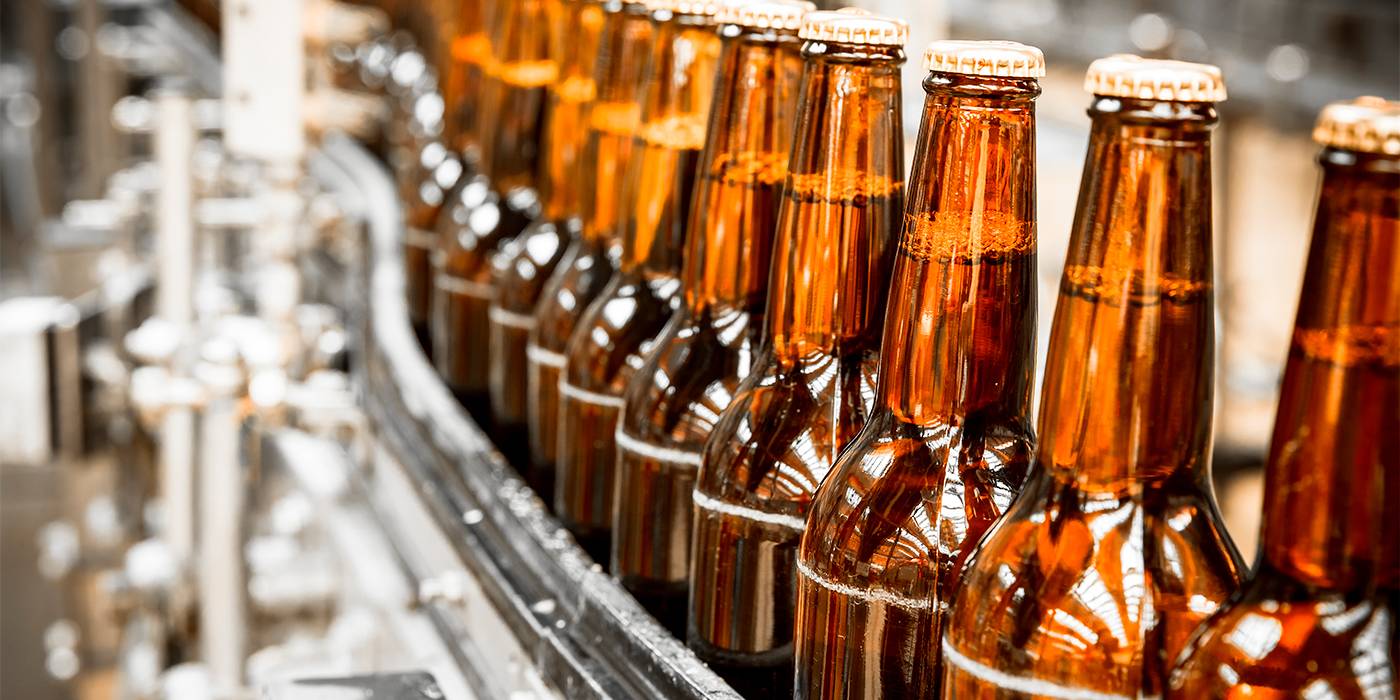How to tell if a beer is spoilt
Although beer does NOT go out of date, it can go bad or suffer from contamination. Find out how to tell if a beer is spoilt!

Julio Cerezo - Beer Sommelier
Director of Sabeer Beer Academy
Beer is a beverage made from natural ingredients, mostly of plant origin, that almost always reaches us packaged and pasteurised. This means that the chances of finding it in a spoilt state are virtually nil, if by ‘spoilt’ we mean that the beer is unfit for consumption due to health reasons.
BEER DOESN’T EXPIRE
Indeed, beer doesn’t have an expiration date, so any bottle we may have forgotten in a corner of our home for months or even years can be consumed without risk to our health, as long as it has remained properly sealed.
However, how its aroma and flavour have evolved is another matter, which is why manufacturers indicate a ‘best before’ date, which roughly marks the period in which we can enjoy the beer at its best. Depending on the style of each beer, this recommended drinking period can range from a few months to more than 20 years.
That said, drinking a beer within its recommended consumption period does not guarantee that it will be in perfect condition.
Issues during production, distribution, storage or serving can lead to flaws in its aroma and flavour that, when they exceed the so-called ‘perception threshold’, make the beer less enjoyable than usual, even if we can’t always precisely identify the defect in question.

MOST COMMON PROBLEMS
Here, we will outline some of the most common issues you may encounter, their origins, and how to detect them:
- Metallic > Sometimes a metallic aroma or aftertaste can appear in our beer, usually due to contamination or from a keg that was tapped a long time ago.
- Paper or cardboard > This flavour is caused by the oxidation of the beer, a result of premature ageing, possibly due to poor storage conditions.
- Cooked corn or shellfish > Technically known as DMS (dimethyl sulphide), this aroma arises from a compound in the grain during the brewing process.
- Butter > An aromatic hint of slightly rancid butter indicates that the diacetyl level in our beer is above the acceptable limit, meaning something went wrong during the brewing process.
- Boiled egg > A degradation of the yeast can produce this aroma, along with other sulphurous scents like gas or matchsticks.
- Skunk > This unpleasant aroma occurs when the hop compounds are exposed to light. Avoiding this defect is the reason beer bottles are usually dark.

Detecting a defect in our beer is no easy task. In certain styles, some of the aromas we’ve mentioned are present at very low levels without being problematic, while bold scents like barnyard or farmhouse can be a significant part of beers such as saisons or lambics. Additionally, a cloudy appearance or a very intense bitterness or acidity are not necessarily signs of a problem; increasingly, you can find more unfiltered beers with extreme sensory profiles that are intentionally crafted to have these characteristics.
In general, the best way to be sure that there is an issue with your beer is if its taste is very different from the usual. Brewers strive to offer the same taste for each brand, and when this doesn’t happen, it’s a sign that something has gone wrong.
Cheers!
What do you think about?
Share comments, opinions and tricks with the Community







